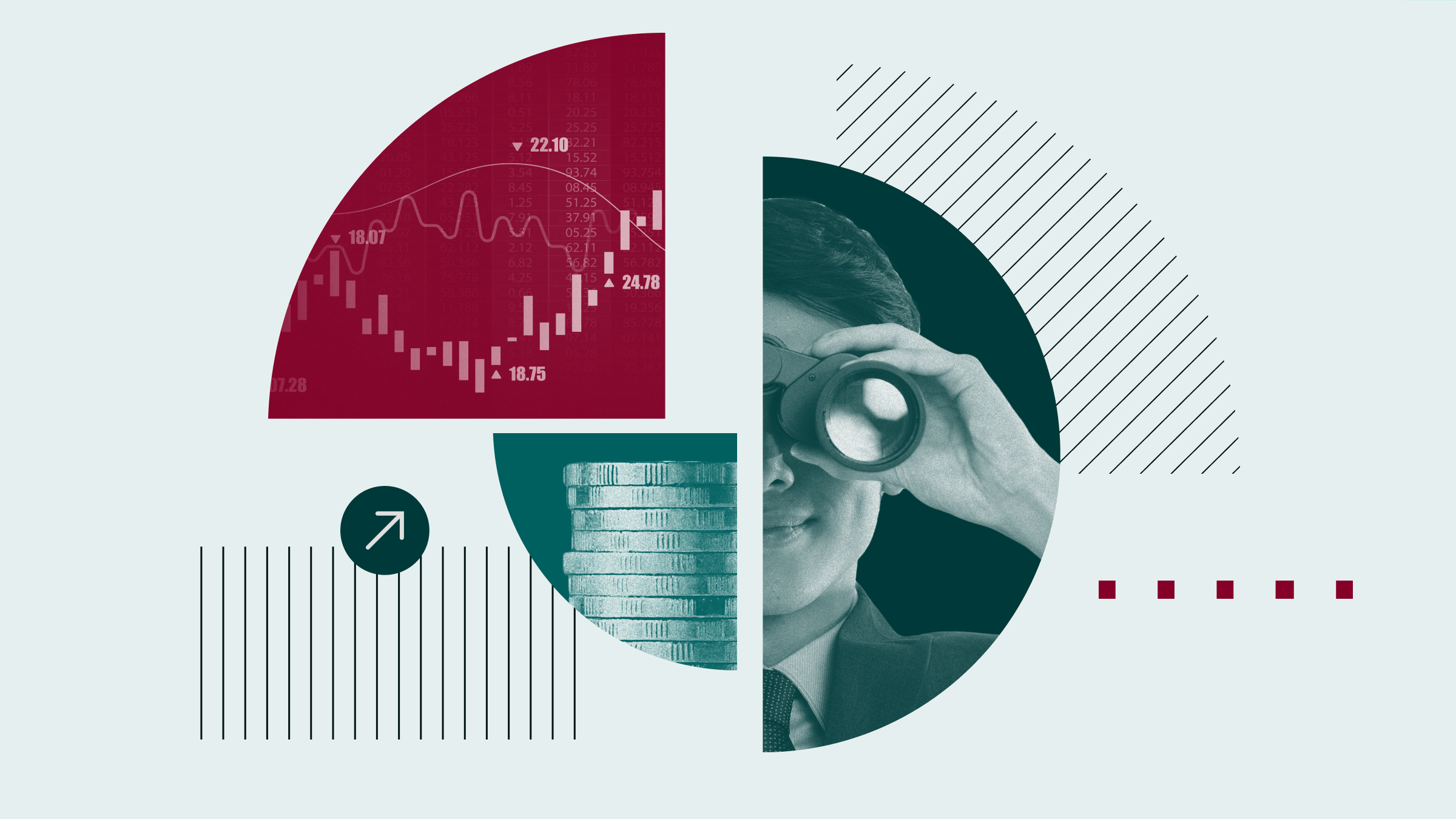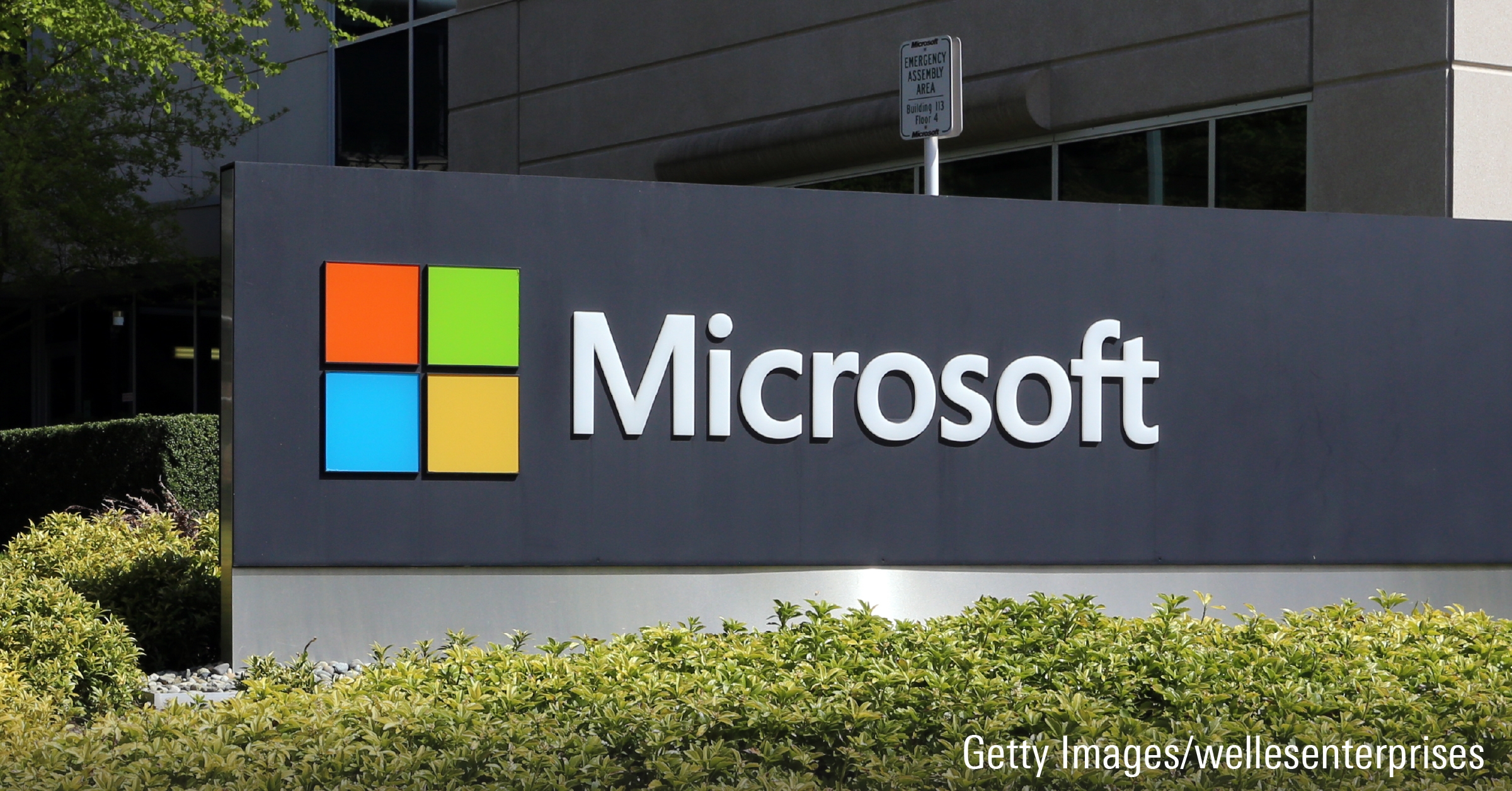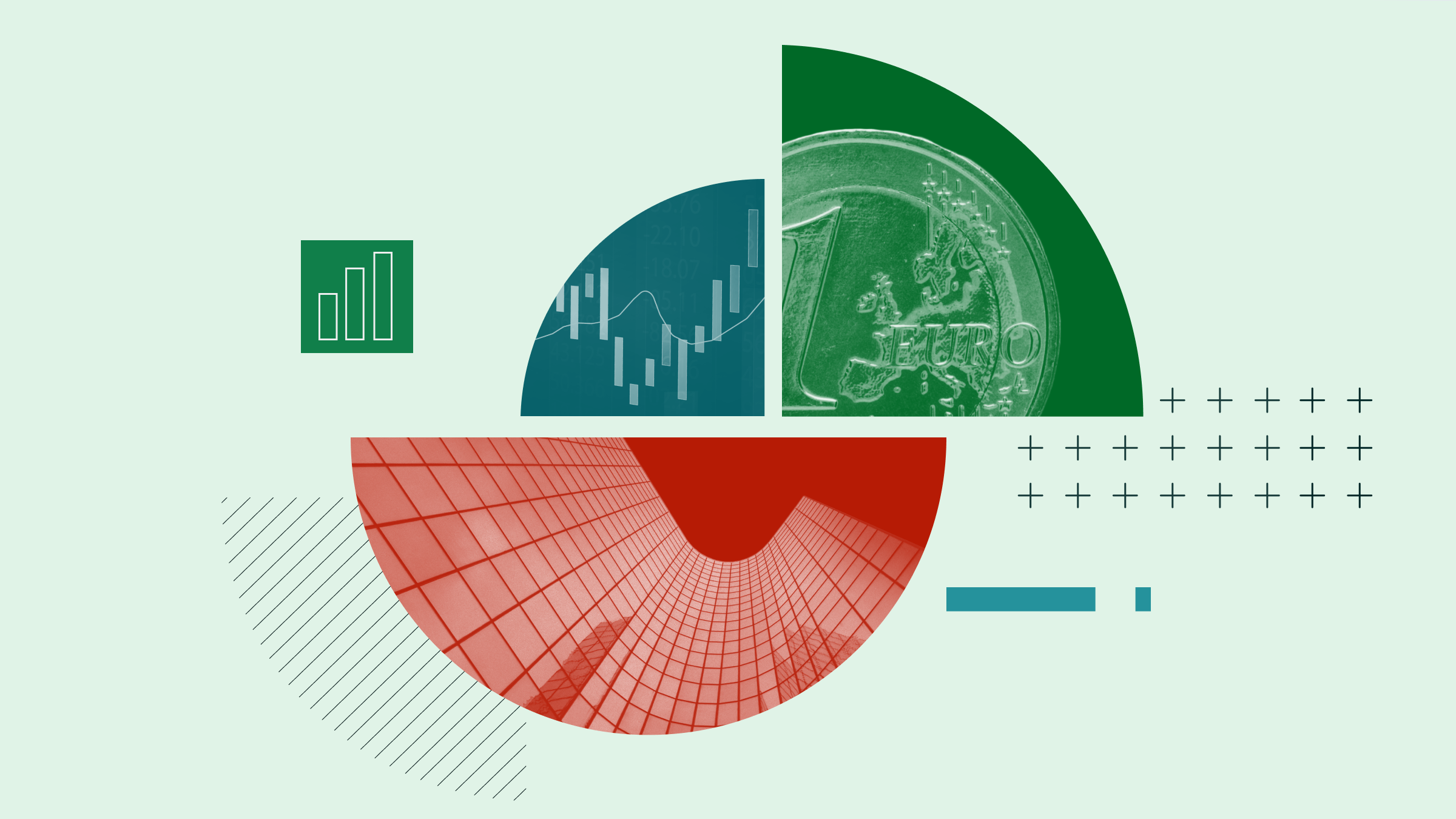Like peers, Equinor has focused on cost-cutting in recent years to adapt its portfolio to the lower oil price environment. Its efforts have largely paid off as a host of operational efficiency improvement projects have reduced dividend break-even levels to $40/barrel Brent, according to our estimates.
Equinor expects further improvement in returns and cash flow generation as its major project startups slated between 2019 and 2026 collectively break even at $30/bbl oil while delivering 3% compound annual volume growth and a return on capital of 15% in 2023.
The Norwegian Continental Shelf, where Equinor has a wealth of operating experience, remains central to the company's strategy. Successful cost reductions of existing projects along with recent discoveries like the prolific and low-cost Johan Sverdrup (upward of 3 billion barrels of oil equivalent) have left Equinor with a large queue of low break-even, high-return projects to drive the bulk of its growth. Furthermore, it continues to improve recoveries from existing assets while maintaining a deep exploration opportunity set that should allow it to capitalize on existing infrastructure to add future volumes at low cost.
Internationally, Equinor has applied its best practices developed on the NCS to drive growth and improve margins, which has contributed to the improvement in overall financial performance. Its onshore U.S. assets have also benefited from industrywide cost deflation and efficiency gains, though more-cautious price assumptions led to an impairment of $2.24 billion. New project startups during the next three years in Brazil, the North Sea, and Gulf of Mexico create an opportunity for Equinor to leverage its offshore operating experience to generate additional volume growth.
Long term, Equinor's position in Brazil holds the greatest opportunity for growth outside the NCS. Through a combination of potential exploration success, new project startups, and improved recovery on acquired mature assets, Equinor estimates it can increase volumes to upward of 500 thousand boe per day by 2030 from a little less than 100 mboed currently.
Fair Value & Profit Drivers | 04 Jun 2020
We are reducing our fair value estimate to NOK 194 per share from NOK 233 after updating our model with currency and commodity price movements as well updated capital spending guidance. Our fair value estimate corresponds to a forward enterprise value/EBITDA multiple of 3.0 times our 2021 EBITDA forecast of $18.3 billion. Our fair value estimate is derived using Morningstar’s standard three-stage discounted cash flow methodology. With this methodology, a terminal value is derived using our assumptions for long-term earnings growth and return on new invested capital. This valuation methodology also more explicitly incorporates our moat rating, which reflects how long we expect a given firm to deliver excess returns on invested capital from a DCF analysis.
In our DCF model, we assume Brent prices of $37 per barrel in 2020 and $41 in 2021. Our long-term oil price assumption is $60. We assume a cost of equity of 9% and a weighted average cost of capital of 7.1%.
Management's guidance is for 7% growth in 2020, though this will likely be reduced with the next update, given the capital spending reduction and 3% compound growth through 2026.
We expect the midstream and downstream segment to earn about $2.6 billion per year in operating profit at midcycle levels; although the latter half of 2019 underperformed that level, the first half of 2019 was in line. Also, we expect 2020 and 2021 to underperform given the weak market environment.
Scenario Analysis | 04 Jun 2020
Even though Equinor is an integrated company, the upstream segment delivers the majority of the company's profits. Given the high fixed costs of its operations and Equinor's leverage to oil prices, our valuation is especially sensitive to oil price movements. As a result, we use changes in oil prices as an underlying assumption for our scenario analysis. However, compared with a pure exploration and production company, the effects of oil prices on the performance of an integrated company are less clear-cut. We test Equinor's valuation by varying our oil and gas prices, midstream margins, and capital investment levels.
We test a bull-case scenario that uses a 20% higher price deck than our base case for 2020-23. Operating cash flow in this scenario will be sufficient to cover capital spending and the dividend after 2021 but leaves little room for further balance sheet management. We assume weaker midstream margins than our base case. Under these higher oil and gas prices, our fair value estimate increases to about NOK 241.
We test a bear-case scenario that uses a 20% lower price deck than our base case for 2020-23. In this scenario, Equinor would probably adjust spending plans and reinstitute the scrip dividend to remain within cash flow. We assume wider midstream margins than our base case. Under these lower oil and gas prices, our fair value estimate drops to about NOK 143.
Economic Moat™
Thanks to its dominant position on the NCS, Equinor holds some competitive advantages relative to peers. The focus on a single area allowed the firm to gain in-depth knowledge of the region relative to its rivals while building out significant infrastructure that lowered the capital cost of incremental production.
Additionally, Equinor has made great progress on reducing capital spending, improving its cost structure, and bolstering the economics of projects under development or delaying higher-cost and lower-return projects. Also, thanks to recent discoveries, Equinor is reversing years of declining volumes on the NCS and developing projects that will leverage its expertise and existing infrastructure. This should lead to the addition of higher-margin, lower-capital barrels, which will improve returns from recent levels.
While these improvements have resulted in a material improvement in returns the last two years, we do not think Equinor earns a moat, as future margins will be insufficient at our midcycle oil price of $60/bbl to generate adequate excess returns, given the larger capital base. Furthermore, Equinor has a relatively small downstream footprint, leaving it more exposed to commodity prices through the cycle than some larger peers.
That said, our current forecast projects returns to be right at the cost of capital. As such, any outperformance in margin improvement during the next few years could deliver higher returns and earn Equinor a narrow moat rating.
Moat Trend
We see Equinor’s moat trend as stable. The company has achieved strong cost improvements by lowering its break-even levels, and new low-cost assets are expected to come onstream during the next two years, especially on the Norwegian Continental Shelf. The reversal in the decline of NCS production, along with recent exploration success on the NCS, suggests that Equinor can maintain its expertise and infrastructure advantage. While this is not enough to grant a narrow moat, we think these initiatives, along with cost deflation, are sufficient to stem a further decline in returns outside a drop in commodity prices. At the same time, these improvements are not meaningfully greater than peers'; thus, the firm does not earn a positive trend rating.
As the company looks internationally, it should be able to leverage its experience operating in offshore and harsh environments with production and exploration in other prolific and underexplored basins. As deep water is one of the remaining few opportunities available to international oil companies, we believe Equinor could benefit from attractive growth opportunities. It also provides an attractive value proposition to another company or government looking for a development partner. Recent deals in Brazil are a good example of this.
Given the competition for resources, Equinor could be at risk of overpaying for access, which may negatively affect returns and jeopardize our stable moat trend rating.
Risk & Uncertainty
Equinor holds a high uncertainty rating based on the outcome of our scenario analysis.
As the firm is an oil and gas producer, Equinor's profits are highly sensitive to commodity prices. The company's enhanced oil recovery and exploration projects are no longer economically viable when commodity prices drop below certain thresholds. Internationally, Equinor often needs to rely on local governments or other operators in difficult exploration environments. Future profits also depend on the success of large, complicated, international projects that are inherently risky. In the long term, greater adoption of electric vehicles, autonomous vehicles, and ride-sharing could reduce demand for oil and refined products. Natural gas demand could be replaced by greater renewables adoption.
Financial Strength
Equinor currently carries about $15.5 billion net debt ($16.5 billion including lease liabilities) for a net debt/capital ratio of 30.0% (31.3%) at the end of the first quarter.
Capital spending was originally expected to be about $10 billion-$11 billion for 2020 and 2021 and rise to $12 billion for 2022 and 2023. However, in light of the recent drop in commodity prices, it will spend only $8.5 billion in 2020 and around $10 billion in 2021. Longer-term spending plans will rely on the path of commodity prices.
Like other European oil and gas firms, Equinor has preferred dividends to share repurchases for returning cash to shareholders. In 2014, it began issuing a quarterly dividend (having previously issued dividends annually). With the drop in oil prices, Equinor started offering a scrip dividend option to preserve cash, which was discontinued after the third quarter of 2017. In September 2019, Equinor launched a $5 billion share-repurchase program to be completed by the end of 2022. However, in March 2020 the program was suspended due to the drop in oil prices. In April, management went a step further and reduced the dividend by 67% as opposed to relying on additional debt or a scrip option, as in the past, to preserve its payout. We expect dividend growth off this lower level in the future as oil prices rebound and earnings grow with the startup of new projects.
Historically, Equinor has actively managed its assets through acquisitions and divestitures to generate additional value, improve returns, and reduce risk. We expect this portfolio management to continue, especially if the recent volatility in commodity markets opens up new opportunities.
Stewardship | 04 Jun 2020
In 2014, Eldar Saetre, previously the president of the marketing segment, took the helm at Equinor, replacing Helge Lund, who had been CEO and president of the company since 2004. Early efforts to reduce Equinor's cost structure and improve returns on future projects have proved successful, marking a good start to Saetre's tenure. He restored a full cash dividend and introduced a share-repurchase program, although both were later altered after the sharp drop in oil prices. Saetre has recently directed investment to renewable power generation, specifically offshore wind, as a way to adapt to the energy transition.
The Norwegian government retains a majority stake, but management is not required to submit any operational decisions to the Norwegian Parliament. At times, the Ministry of Petroleum, which manages the government's shares, may have to seek Parliament's consent on its voting in the event of new share issuances or for license approvals.
Ultimately, the large government ownership means minority shareholders will have to take a back seat. However, unlike with other government majority-owned oil and gas firms, we have seen no evidence that Equinor doesn't act in the best interests of all shareholders by seeking to maximize returns with each capital-allocation decision.






















